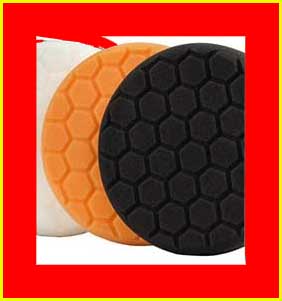- Reaction score
- 553
- Thunderbird Year
- 1957
Well here's a new one for you. On my 57' I just fixed my map light problem now only drawing 3 ohms and got the radio and ashtray back in. Took it out for a spin and it was idling rough, never did before. Adjusted the points, checked the timing, running better but still a little rough and the exhaust didn't smell right but good enough for now.
Refilled the windshield washer bag and tried the washers (good) and then the wipers. Nothing, and they always worked great before. Got under there to look at the system. Bingo! When futzing under there I knocked the vacuum hose off the motor. Reattached and purrs like a kitten. However I didn't just knock it off it BROKE off. The hose was as hard as a rock. Must have made another crack in it as the wipers move but barely when before they worked perfectly. The rest of the hose from the pump to the 'T' and on for the heater control is soft and pliable. Funny how one little 6" hose can cause so much trouble with the vacuum leak. New hose going in tomorrow.
Refilled the windshield washer bag and tried the washers (good) and then the wipers. Nothing, and they always worked great before. Got under there to look at the system. Bingo! When futzing under there I knocked the vacuum hose off the motor. Reattached and purrs like a kitten. However I didn't just knock it off it BROKE off. The hose was as hard as a rock. Must have made another crack in it as the wipers move but barely when before they worked perfectly. The rest of the hose from the pump to the 'T' and on for the heater control is soft and pliable. Funny how one little 6" hose can cause so much trouble with the vacuum leak. New hose going in tomorrow.
This page contains affiliate links for which I may be compensated. As an eBay Partner, and Amazon Associate I may be compensated if you make a purchase at no cost to you.


